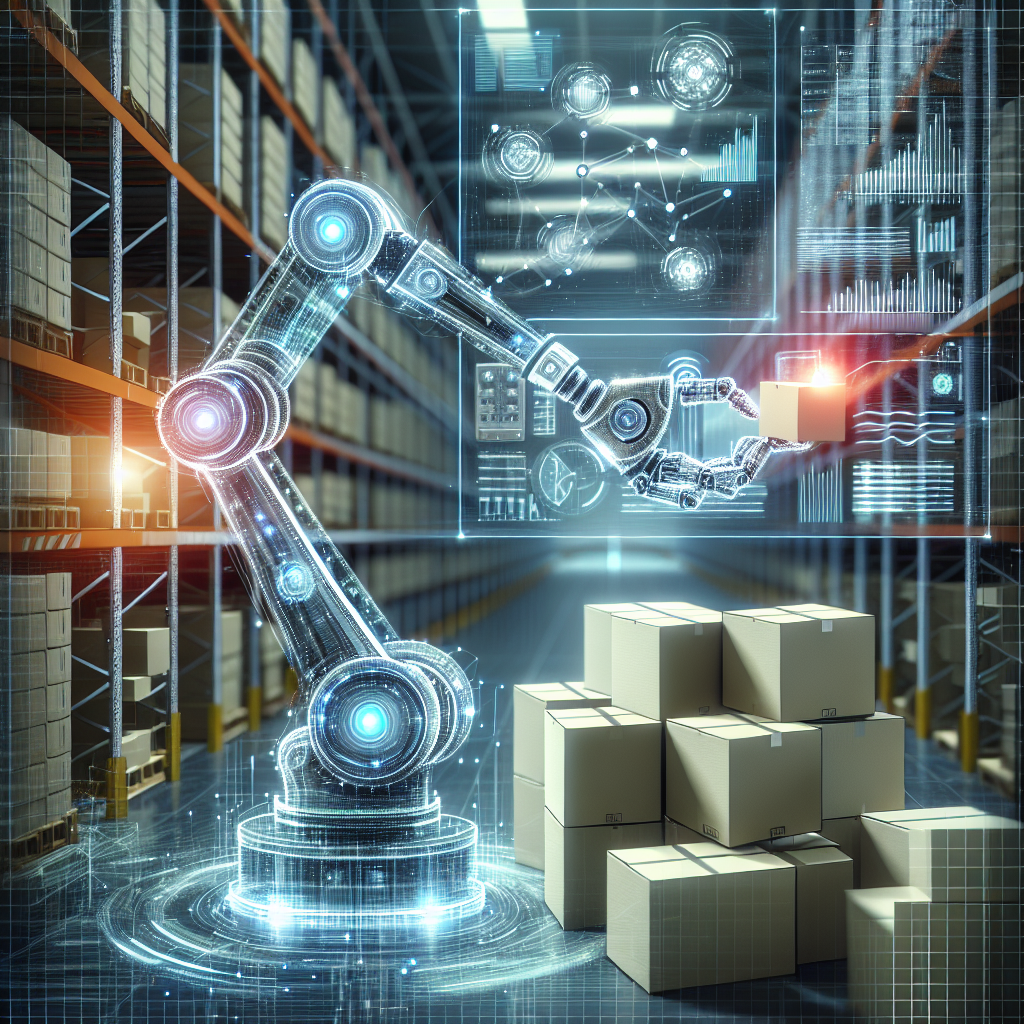In today’s fast-paced manufacturing industry, efficient inventory management is crucial for optimizing operations and reducing costs. Traditional inventory management methods are often time-consuming and prone to human error, leading to stockouts, overstocking, and inefficient use of resources. This is where artificial intelligence (AI) comes into play, offering advanced solutions for inventory optimization in manufacturing.
AI-powered inventory optimization systems leverage machine learning algorithms to analyze historical data, forecast demand, and optimize inventory levels in real-time. By automating inventory management processes, AI enables manufacturers to make data-driven decisions, reduce lead times, minimize stockouts, and improve overall operational efficiency.
Benefits of Using AI for Inventory Optimization in Manufacturing:
1. Demand Forecasting: AI algorithms can analyze historical sales data, market trends, and other relevant factors to accurately forecast demand for each product in the inventory. This helps manufacturers to anticipate customer needs, optimize production schedules, and prevent stockouts or overstocking.
2. Dynamic Pricing: AI can also help manufacturers to dynamically adjust pricing based on demand, seasonality, and other factors. By analyzing market conditions and competitor pricing strategies in real-time, AI-powered systems can optimize pricing strategies to maximize profits and reduce excess inventory.
3. Just-in-Time Inventory: AI can optimize inventory levels by implementing just-in-time inventory management practices. By analyzing demand patterns, lead times, and production capabilities, AI can ensure that inventory levels are kept at an optimal level to meet customer demand without excess inventory.
4. Supply Chain Optimization: AI can also optimize the entire supply chain by analyzing supplier performance, lead times, and transportation costs. By identifying bottlenecks and inefficiencies in the supply chain, AI can help manufacturers to reduce costs, improve delivery times, and enhance overall supply chain performance.
5. Inventory Visibility: AI-powered inventory optimization systems provide real-time visibility into inventory levels, sales data, and production schedules. This enables manufacturers to make informed decisions, identify trends, and proactively address issues before they impact operations.
FAQs:
Q: How does AI improve demand forecasting in manufacturing?
A: AI algorithms analyze historical sales data, market trends, and other factors to accurately forecast demand for each product. By leveraging machine learning techniques, AI can identify patterns, trends, and anomalies in the data to provide more accurate demand forecasts than traditional methods.
Q: Can AI optimize pricing strategies in manufacturing?
A: Yes, AI can optimize pricing strategies by analyzing market conditions, competitor pricing, and demand patterns in real-time. By dynamically adjusting prices based on these factors, manufacturers can maximize profits, reduce excess inventory, and improve overall competitiveness.
Q: How does AI help in implementing just-in-time inventory management practices?
A: AI analyzes demand patterns, lead times, and production capabilities to optimize inventory levels in real-time. By ensuring that inventory levels are kept at an optimal level to meet customer demand without excess inventory, AI helps manufacturers to implement just-in-time inventory management practices.
Q: How does AI optimize the supply chain in manufacturing?
A: AI analyzes supplier performance, lead times, and transportation costs to identify bottlenecks and inefficiencies in the supply chain. By optimizing the entire supply chain, AI helps manufacturers to reduce costs, improve delivery times, and enhance overall supply chain performance.
Q: What are the key benefits of using AI for inventory optimization in manufacturing?
A: The key benefits of using AI for inventory optimization in manufacturing include improved demand forecasting, dynamic pricing, just-in-time inventory management, supply chain optimization, and real-time inventory visibility. By leveraging AI-powered systems, manufacturers can reduce costs, improve efficiency, and enhance overall operational performance.

